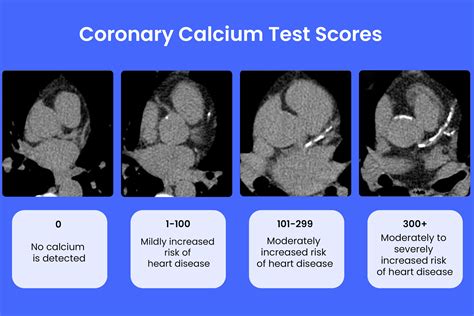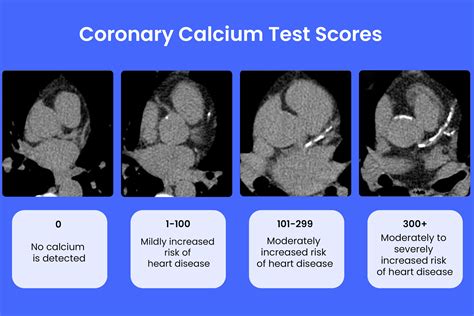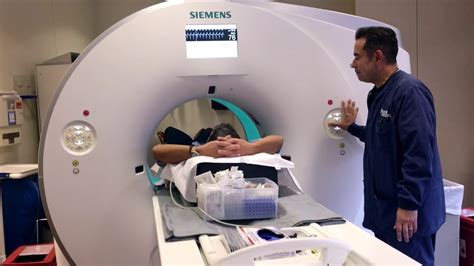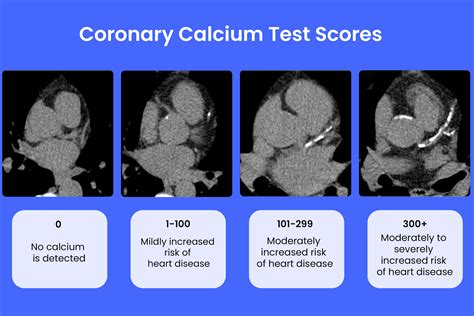Intro
Discover 5 expert Calcium Scan Tips to boost heart health, preventing cardiovascular disease with accurate coronary artery calcification scores, and CT scans for early detection and prevention.
The importance of maintaining a healthy heart cannot be overstated. One of the most effective ways to assess the health of your heart is through a calcium scan, also known as a coronary calcium scan. This non-invasive test uses computed tomography (CT) to detect the presence and amount of calcium in the coronary arteries, which can indicate the presence of plaque buildup and potential heart disease. Understanding the benefits and process of a calcium scan can empower individuals to take proactive steps towards heart health.
Heart disease is a leading cause of death worldwide, and early detection is crucial for effective treatment and prevention. A calcium scan is a valuable tool in this effort, providing a clear picture of the coronary arteries and helping to identify potential risks before symptoms arise. By leveraging this technology, individuals can work with their healthcare providers to develop personalized strategies for reducing their risk of heart disease and maintaining optimal cardiovascular health.
The decision to undergo a calcium scan should be made in consultation with a healthcare provider, who can assess individual risk factors and determine the best course of action. However, for those who are considering this test, it is essential to understand the process, benefits, and what to expect. This knowledge can help alleviate any anxiety or uncertainty, ensuring that the experience is as smooth and informative as possible.
Introduction to Calcium Scans

How Calcium Scans Work
The process of a calcium scan involves lying on a table that slides into a CT scanner. The scanner takes pictures of the heart, using X-rays to detect calcium in the coronary arteries. The amount of calcium present is then quantified using a scoring system, known as the Agatston score. This score helps healthcare providers understand the extent of plaque buildup and assess the risk of heart disease. A higher score indicates more extensive calcium deposits and a greater risk.Benefits of Calcium Scans

Moreover, a calcium scan can help in risk stratification, guiding healthcare providers in making informed decisions about the need for further testing or the initiation of preventive therapies. It can also motivate individuals to adopt healthier lifestyles, knowing their specific risk factors and the potential consequences of inaction.
Risk Factors and Considerations
While a calcium scan is a valuable diagnostic tool, it is essential to consider the risk factors and potential drawbacks. Radiation exposure is a concern, although the dose from a calcium scan is relatively low. Additionally, the test may not be suitable for everyone, particularly those with certain medical conditions or implants that could interfere with the scan. It is also important to note that a calcium scan does not detect soft plaque, which can also cause heart attacks.Preparing for a Calcium Scan

What to Expect During the Scan
During the scan, individuals will lie on a table that moves slowly through the CT scanner. The scanner will take pictures of the heart from different angles, and the entire process usually takes about 10-15 minutes. It is essential to remain still and follow any breathing instructions to ensure clear images. The experience is generally painless, and the results are usually available shortly after the scan.Interpreting Calcium Scan Results

Follow-Up and Next Steps
After receiving the results of a calcium scan, the next steps depend on the individual's risk factors and the extent of any calcium buildup. For those with low scores, regular follow-up and maintenance of a healthy lifestyle may be recommended. Individuals with higher scores may need to undergo further testing, such as a stress test or angiogram, to assess the severity of any blockages. In some cases, medication or interventions like angioplasty may be necessary to reduce the risk of heart attack or stroke.5 Calcium Scan Tips

-
Choose the Right Facility: Selecting a reputable and experienced facility for your calcium scan is crucial. Look for centers with advanced CT scanners and staff who specialize in cardiac imaging.
-
Follow Preparation Instructions: Adhering to the preparation instructions provided by your healthcare provider or the testing facility can ensure that your scan is as effective as possible. This may include avoiding certain foods or substances before the test.
-
Ask Questions: Do not hesitate to ask your healthcare provider any questions you have about the scan, the results, or what they mean for your health. Understanding your situation can help you make informed decisions about your care.
-
Take Action Based on Your Results: Whether your results indicate a low or high risk of heart disease, use this information as a catalyst for positive change. Work with your healthcare provider to develop a plan that may include lifestyle modifications, medication, or further testing to protect your heart health.
Conclusion and Next Steps
In conclusion, a calcium scan is a powerful tool in the assessment and management of heart disease. By understanding the process, benefits, and implications of this test, individuals can take proactive steps towards maintaining their heart health. Whether you are at high risk or simply looking to stay ahead of potential issues, a calcium scan can provide valuable insights into your cardiovascular well-being. Remember, knowledge is power, and in the context of heart health, it can be lifesaving.What is a calcium scan, and how does it work?
+A calcium scan, or coronary calcium scan, is a non-invasive test that uses computed tomography (CT) to detect the presence and amount of calcium in the coronary arteries, indicating potential plaque buildup and heart disease risk.
Who should consider getting a calcium scan?
+Individuals with risk factors for heart disease, such as high blood pressure, high cholesterol, smoking, or a family history of heart disease, should consider a calcium scan. Consult with a healthcare provider to determine if this test is appropriate for your situation.
What are the benefits of a calcium scan?
+The benefits include early detection of heart disease, risk stratification, and motivation for adopting healthier lifestyles. It provides a clear picture of coronary artery health, helping individuals and their healthcare providers make informed decisions about preventive care and treatment.
We hope this comprehensive guide to calcium scans has been informative and helpful. If you have any further questions or would like to share your experiences with calcium scans, please do not hesitate to comment below. Your insights can help others better understand the importance and process of this critical heart health assessment tool. Additionally, consider sharing this article with friends and family who may benefit from learning more about maintaining their cardiovascular health. Together, we can promote awareness and encourage proactive steps towards a healthier heart for everyone.
